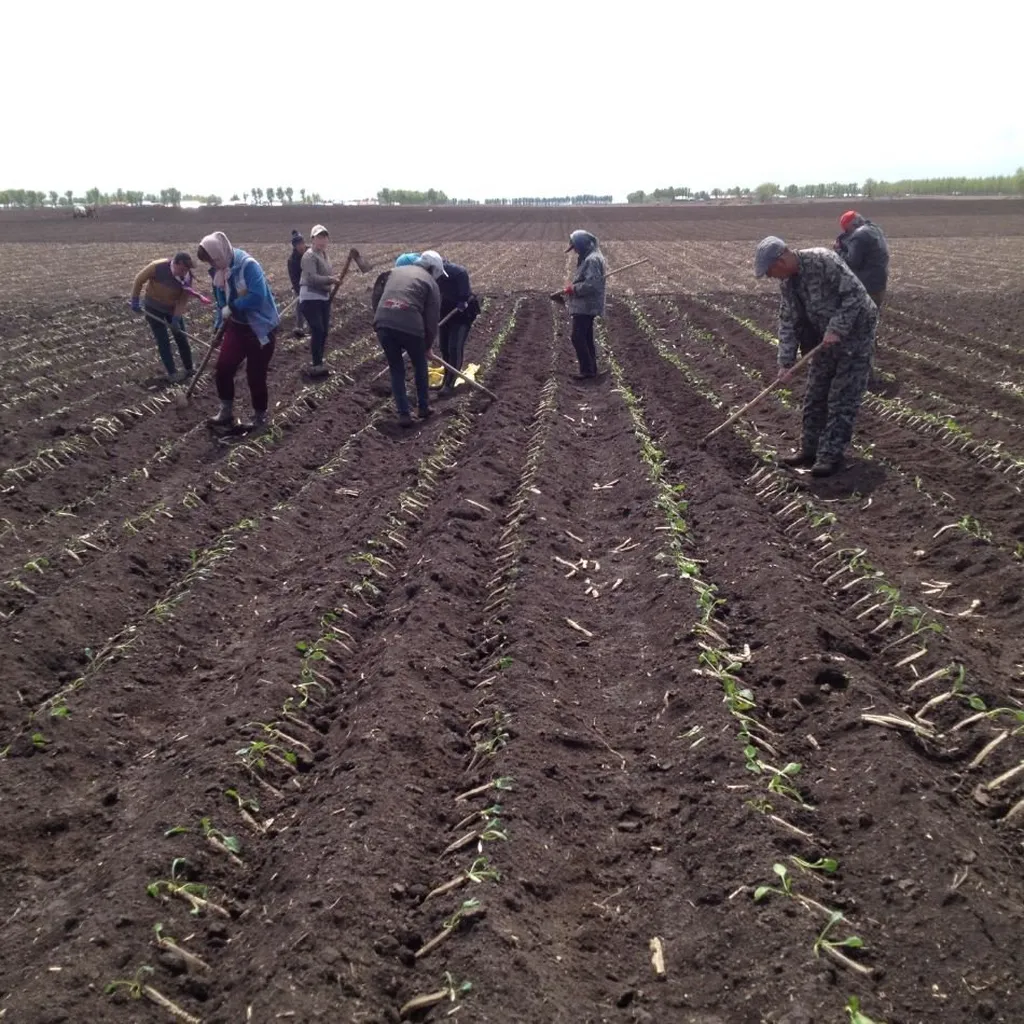In the vast black soil (Mollisols) region of Northeast China, farmers are facing an increasingly pressing challenge: waterlogging. As extreme rainfall events become more frequent, crops are suffering from aeration stress, and traditional farming practices are struggling to keep up. But a new study published in the journal *Geoderma* (which translates to “Soil Science”) offers a promising solution: long-term no-tillage (NT) farming.
The study, led by Shijie Qin of the College of Land Sciences and Technology at China Agricultural University and the Hunan Cultivated Land and Agricultural Eco-Environment Institute, compared the effects of NT farming with traditional moldboard plough (MP) farming over an 11-year period. The results were striking. “No-tillage significantly enhanced water infiltration capacity,” Qin explained. “We saw a 161% higher maximum infiltration depth, a 65% increase in total stained area, and 95% less surface ponding compared to moldboard ploughing.”
The research employed rainfall simulation and dye-tracing to study water infiltration dynamics, while X-ray computed tomography was used to examine soil pore characteristics. The findings revealed that although MP farming exhibited higher total porosity and macroporosity in the top 20 cm of soil, it had fewer biopores and greater vertical stratification of macroporosity across the 0-60 cm profile. This stratification can lead to waterlogging, as water struggles to infiltrate the soil and instead pools on the surface.
During rainfall events, the MP plot experienced a 28% reduction in porosity of pores sized 0.2-1.0 mm and a 19% increase in porosity of pores smaller than 0.2 mm in the surface layer, likely due to raindrop splashing. In contrast, NT farming maintained pore integrity through straw mulching, creating a more resilient soil structure that can better withstand extreme weather events.
The implications of this research are significant for the agricultural sector, particularly in regions prone to waterlogging. By adopting long-term no-tillage farming practices, farmers can enhance soil resilience and improve climate adaptability. This not only helps to mitigate the impacts of extreme rainfall events but also has the potential to increase crop yields and improve farm profitability.
The study’s findings also have broader implications for the energy sector. As the world grapples with the impacts of climate change, there is a growing need for sustainable and resilient agricultural practices. By reducing the risk of waterlogging and improving soil health, NT farming can help to ensure food security and support the transition to a more sustainable energy system.
As Qin noted, “Long-term no-tillage is effective in enhancing soil resilience to waterlogging by developing continuous vertical pore networks and maintaining surface mulch.” This research offers a valuable contribution to the ongoing efforts to adapt agricultural practices to the challenges of a changing climate. Published in *Geoderma*, the study provides a compelling case for the adoption of no-tillage farming practices in the black soil region of Northeast China and beyond.

